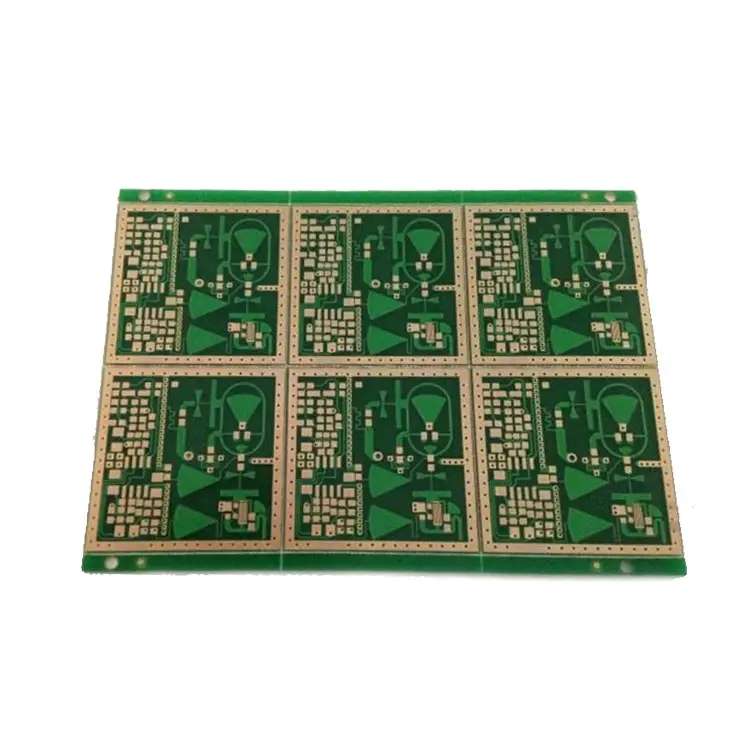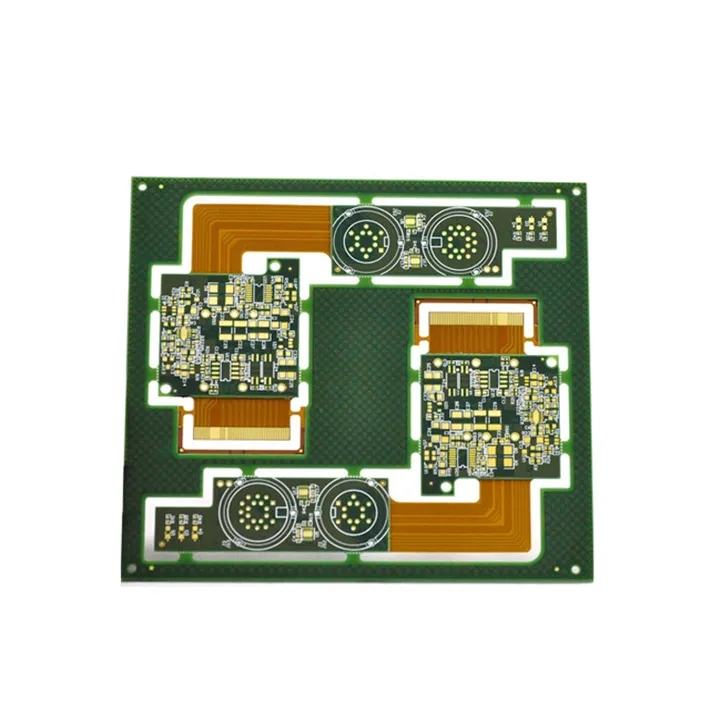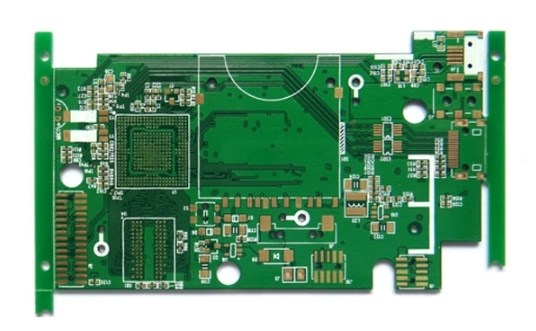
Explain and describe two good methods for testing PCB thermal design
PCB assembly and PCB processing manufacturers explain and briefly describe two good methods for testing PCB thermal design
1. Test method for thermal design of printed boards: thermocouple;
The practical application of thermoelectricity is, of course, to measure temperature using thermocouples. The complex relationship between electron energy and scattering makes the thermoelectric potentials of different metals different from each other. Since the thermocouple is such a device, the difference of the thermoelectric potential between its two electrodes is an indication of the temperature difference between the hot end and the cold end of the thermocouple. If the thermoelectric potential of all metals and alloys is different, it is impossible to use thermocouples to measure the temperature. This potential difference is called the Scebeek effect. For a pair of conductors A and B of different materials, one contact is maintained at temperature T1, and two free ends are maintained at a lower temperature To. Both the contact and the free end are located in an area of uniform temperature, and both conductors are subject to the same temperature gradient. In order to measure the thermoelectric potential difference between free ends A and B, a pair of conductors C of the same material are respectively connected to conductors A and B at the temperature to and connected to a detector at the temperature T1. It is obvious that the Seebeck effect is by no means a phenomenon at the connection point, but a phenomenon related to the temperature gradient. In order to correctly understand the performance of thermocouples, this point cannot be overemphasized.

Thermocouple temperature measurement has a very wide range of applications, and the problems encountered are also diverse. Therefore, this chapter can only cover several important aspects of thermocouple temperature measurement. Thermocouple is still one of the main means of temperature measurement in many industries, especially in steel making and petrochemical industries. However, with the development of electronics, resistance thermometers are more and more widely used in industry. Thermocouples are no longer the only and most important industrial thermometers.
Compared with thermocouple (resistance measurement and thermal potential measurement), the advantage of resistance thermometer lies in the fundamental difference in the working principle of the two components. The resistance thermometer indicates the temperature of the area where the resistance element is located, which is independent of the temperature gradient of the lead and along the lead. However, the thermocouple measures the temperature difference between the cold end and the hot end by measuring the potential difference between the two electrodes at the cold end. For an ideal thermocouple, the potential difference is only related to the temperature difference at both ends. However, for an actual thermocouple, some non-uniformity of the thermocouple wire at the temperature gradient will also cause the change of potential difference, which is still a factor limiting the accuracy of the thermocouple.
2. Inspection method of PCB thermal design: temperature rise test;
For thermal design, we must actually verify in the subsequent work to ensure that the operating temperature of each chip is within the normal range. Generally, chips and components with large heating capacity are selected to test their maximum load operating temperature, that is, to see the operating temperature condition when they are fully loaded for a long time. Before the test, the designer shall determine the chips and components that generate high heat. In addition, the highest temperature point of the chip shall also be provided. Thermocouple wire is used for temperature measurement. The length of the wire is generally about 2m. Place the connection point of the wire head at the position of the point to be measured and fix it with tape (the tape must be high temperature resistant and high viscosity to ensure that the high temperature does not separate and the accuracy of temperature measurement data). At the same time, it should be noted that the line cannot be folded, otherwise the test accuracy will be affected. PCB assembly, PCB design and PCB processing manufacturers introduce two good methods for testing PCB thermal design.







